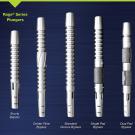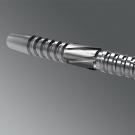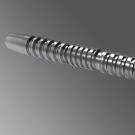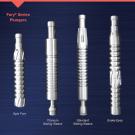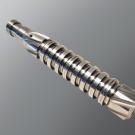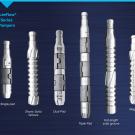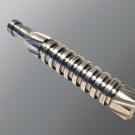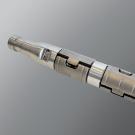Plunger Lift
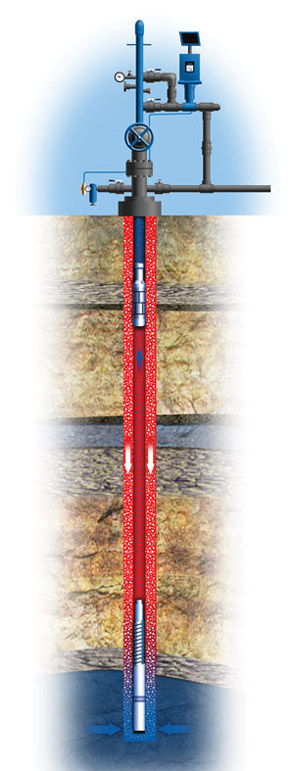
Plunger Lift
Flowco Production Solutions is the premier provider of USA-made Plunger Lift equipment. Leutert as a pioneer of the artificial lift industry is focused on well optimization through the use of advanced artificial lift technologies. Flowco Surge Plunger Lift equipment contributes to this aim. Therefore at Leutert we have decided to add the Flowco product line to our portfolio.
Plunger Lift Basics
Plunger lift is typically used in high gas/liquid ratio (GLR) gas and oil wells, but is versatile enough to be used in lower GLR wells as well. As with other artificial lift methods, the purpose of plunger lift is to remove liquids from the wellbore so that the well can be produced at the lowest bottom-hole pressure and maximum rate.
A plunger lift system relies directly on the natural buildup of pressure in a shut-in gas well and gas velocity in a well struggling to flow.
The plunger cycle starts on top of the bottom-hole bumper spring or in the surface lubricator. When the well is shut-in the plunger falls through the gas and liquid to the bottom-hole bumper spring. When the well is opened up, the plunger travels from the bottom-hole bumper spring to the surface. The controller opens a motor valve at the surface and the well”™s shut-in pressure creates a differential pressure that forces the plunger interface up and lifts the liquid to surface. An arrival sensor recognizes and records plunger arrivals, plunger speeds and valve counts, and sets the controller to on, off or sales mode. Plunger Lift uses a free piston that travels up and down the tubing string and acts as an interface between liquids and gas energy. Because the plunger provides a seal between the liquid and the gas, the well”™s own energy is used to lift liquids out of the wellbore economically and efficiently.
Conventional Plunger Lift
A conventional plunger is a great application if you have a low volume, low pressure or marginal well. Typical production rates for conventional plunger lift systems are wells that produce under 50 blp/d and/or under 200mcf/d. This type of plunger is also ideal for wells with tubing irregularities or wells producing less than critical flow rates.
- Efficient seal
- Maintains a full OD seal
- Moves fluids at low velocities
- Long plunger life
- Durable and cost effective
Continuous Flow Plunger Lift
A continuous flow plunger is a great application for high volume or flowing wells because it allows a well to continue production as it works. A by-pass valve allows the plunger to bring a continuous flow of fluid removal with minimal shut-in time so you will frequently see an improvement in production. Typical production rates for continuous flow plunger applications are wells that can produce over 300mcf/d and/or fluid rates from 5-300blp/d.
- Shorter shut-in times for your high volume gas and liquid wells
- High gas and fluid rates
- Paraffin control
- One-piece design for operation
- Bar stock and pad designs
- Require minimal or no shut-in time
- Average fall speed in fluid: 700 feet/min
- Potential fall speed in shut-in well: 2,000 feet/min
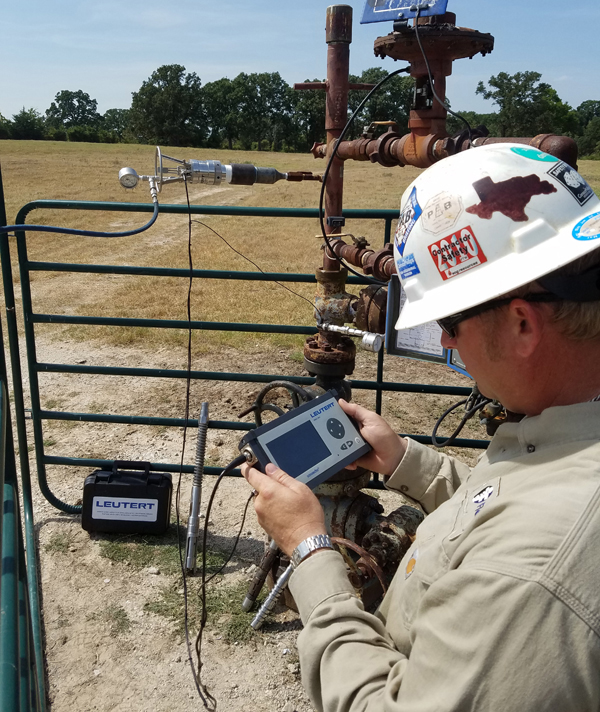
When is plunger lift an optimal choice for the well?
A conventional plunger is a great application if you have a low volume, low pressure or marginal well. Typical production rates for conventional plunger lift systems are wells that produce under 50 blp/d and/or under 200mcf/d. This type of plunger is also ideal for wells with tubing irregularities or wells producing less than critical flow rates.
- Producing wells with low bottom-hole pressure
- Rig-less artificial lift application required
- Low maintenance
- Producing wells with high and low GLRs
- Extending the life of the well to economic depletion
- Minimizing shut-ins and well downtime
- Minimizing venting to the atmosphere
- Enhancing gas lift operations
- Economic lift method is needed
Operating considerations would be:
- Primarily used in high GLR gas wells
- Controls hydrate and paraffin buildup
- Removes and prevents scale buildup
- Easy to install and extremely cost effective with low initial equipment costs and minimal operating costs
- Fluctuating back pressures (Line PSI)
- Wells that produce roughly 400 blp/d or less
- GLR requirement: 400 scf per barrel per 1000”™
- Gas is the lift energy needed to make the plunger operate

